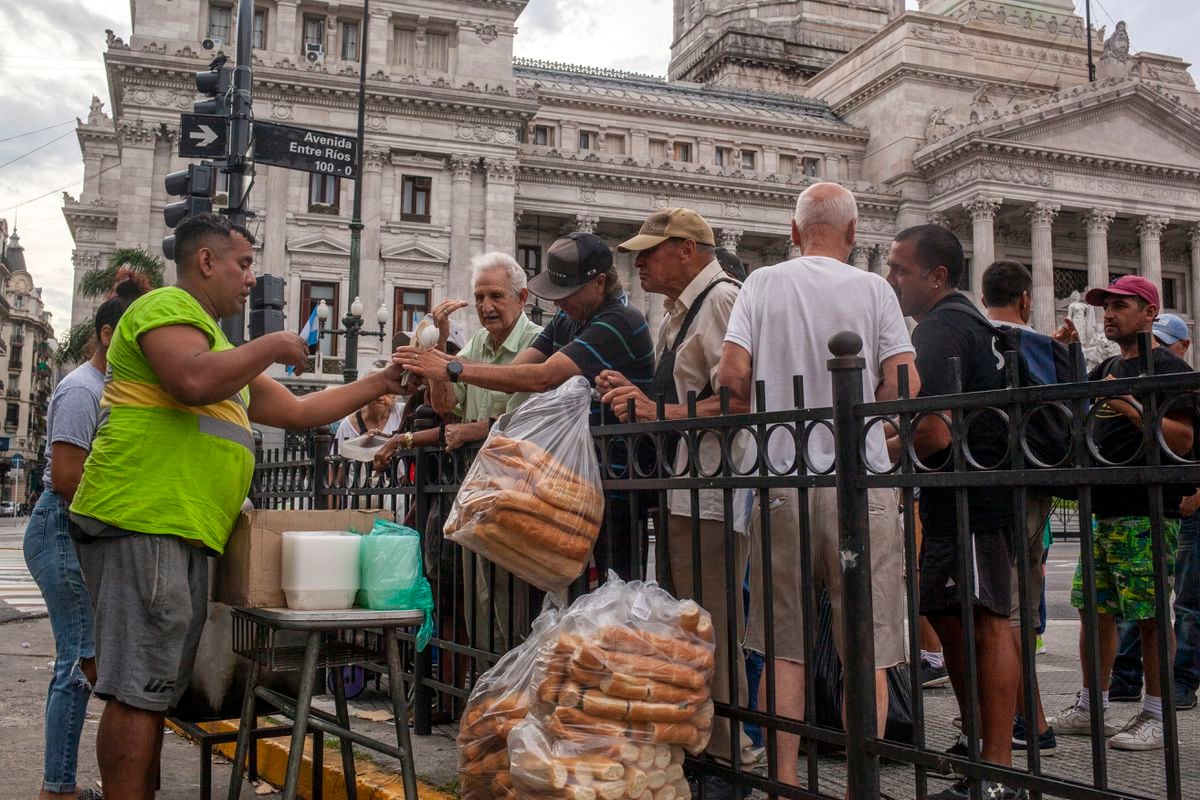Why is the COP26 Summit Vital for Investors?
1:01
San Francisco (CNN Business) -
If America's communities were more racially integrated, it would produce an "economic tipping point" and increase gross domestic product growth by about 0.3 percentage points over a decade. according to Moody's Analytics.
Yet deep-seated racial prejudice and segregation are limiting the nation's potential and hampering economic growth by billions of dollars annually, says the chief economist at the financial research firm.
"Racial segregation and prejudice cost all of us Americans," Mark Zandi, Moody's chief economist, told CNN Business.
"If we focus on this issue, and try to address it, everyone benefits."
Earlier this month, Moody's Analytics released a report that unraveled the macroeconomic effects of segregation on American communities.
In that research, Zandi and other economists found that long-term economic growth was greatest in more integrated communities.
According to Moody's estimates, if the racial geographic composition of all US communities coincided with that of the most integrated communities in the country, the US GDP growth rate would likely go from 2.4% to 2%. 7% over the next decade.
Analyst asks to question prejudices and be self-critical 1:16
The Moody's study follows recent reports from Citigroup, McKinsey, the Federal Reserve Bank of San Francisco, the International Monetary Fund and others attempting to quantify the effect of the racial wealth gap and disparities in education, housing and investment. .
By some estimates, those differences have cost the national economy $ 16 trillion over the past two decades.
advertising
How Moody's Calculated the Cost of Segregation
Building on these data and on the University of California Berkeley project “The Roots of Structural Racism”, Moody's tried to link racial integration at the local level with economic outcomes.
Moody's compared the racial makeup of United States counties and their respective census tracts to develop a racial integration score based on the racial distribution of the population using data from the Census Bureau.
Next, the economists looked at the GDP results for the counties between 2009 and 2019, in addition to other factors, such as house prices, travel times to jobs, the availability of credit, crime, and business activity.
Home sales have slowed, but prices are still ridiculous
According to the report, integrated communities generally had better economic returns, higher house price growth, shorter travel times, greater availability of credit, lower crime and higher concentration of businesses.
"There is a lot to unravel, issues of causality and correlation," he said.
"There are a lot of things to think about."
For example, considering that this research only examines data for the decade ending in 2019, it remains unclear how the pandemic's "significantly scrambled" migration patterns could affect integration scores and projections, he said.
Increased risk of covid-19 for Latinos and blacks in the US 1:09
Zandi hopes the report will launch additional research on the topic, especially in light of the pandemic's disproportionate negative effect on people of color and the increase in civil conflict the United States has experienced in recent years.
One area that legislators should focus on is the role that homeownership disparities play in the economic gap.
Some cities are stuck in "very stark patterns of segregation," said Sheryll Cashin, a Georgetown University law professor who wrote about housing inequality in "White Space, Black Hood: Opportunity Hoarding and Segregation in the Age of Inequality. ".
Hispanics and blacks create less air pollution than whites, but breathe it more
"We intentionally build well-off white spaces and intentionally concentrate poverty elsewhere," he said.
"That is a structural problem of intentional policies."
And at those polar extremes, the boundaries have tightened in recent years, he said.
"The so-called American dream really only works for those who can buy their place in the high-opportunity areas," he said.
A good example
Disrupting stubborn and old systems is complex, but not impossible, he said, nodding to Harvard professor Raj Chetty's research on social mobility.
Cashin noted that Montgomery County, Maryland, is an example of how public policy can help create a highly integrated county with high opportunity characteristics.
The American Psychological Association apologizes for contributing to systemic racism
The county has the oldest housing inclusion program in the United States, which requires that a certain percentage of new units in development be set aside as affordable housing.
Cashin credits the program with creating a highly integrated city with strong indicators of economic and educational performance.
Efforts to help America's communities become more racially integrated will likely have to come at the local level, he said, pointing to municipal efforts such as expanding bus routes, creating denser neighborhoods, fostering greater diversity. in public schools and public recreational spaces.
“Integration is good for economies, but integration is really good for young children,” he said, noting that multiple studies have shown that “when young children who are in high-poverty settings have the opportunity to move to an environment middle class or high opportunities, either in their schools or in their neighborhoods, they do better ”.
"It's not just about the economy," he said.
"It is also about the lives of children, who are our main asset."
Racial wealth gap








